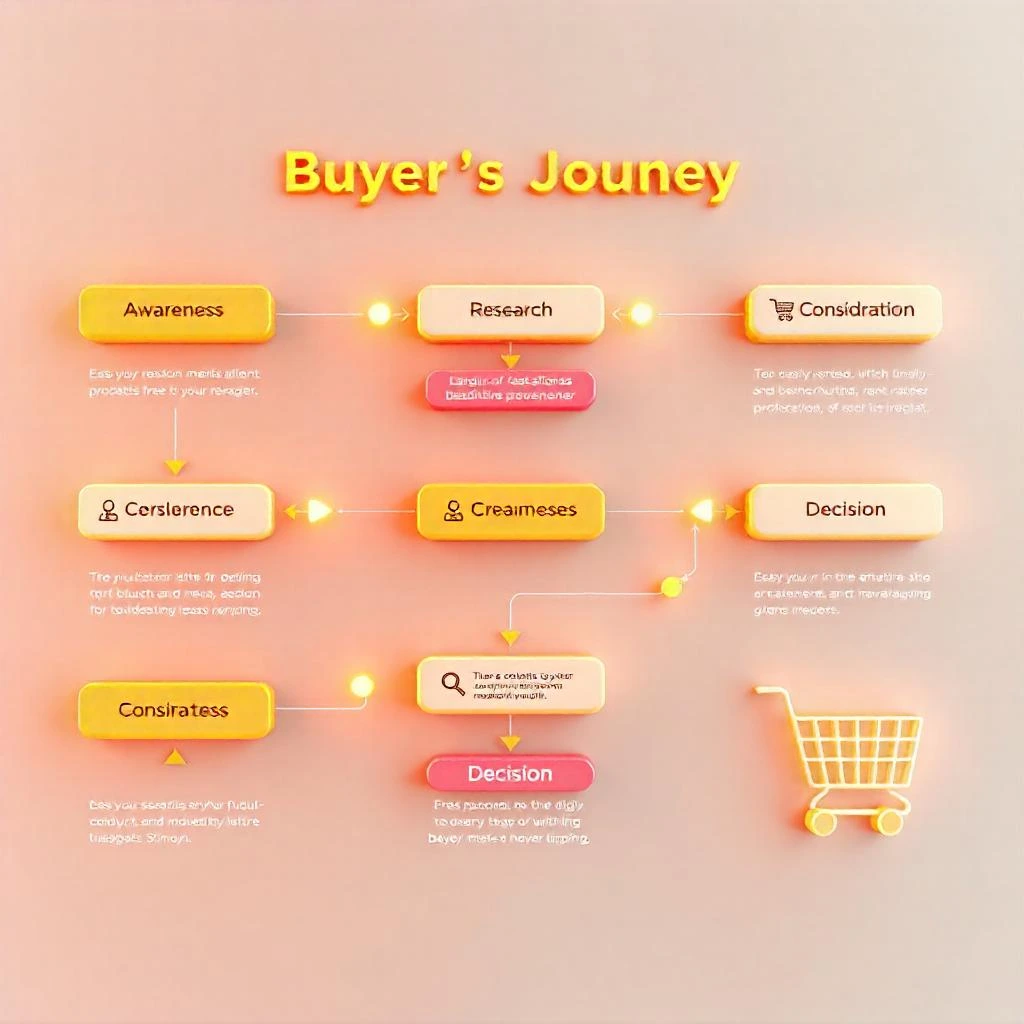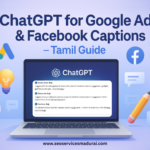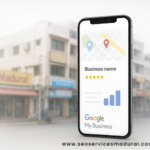
A Call to Action (CTA) in digital marketing is the cornerstone of driving engagement, capturing leads, and guiding your audience toward taking a desired action. Whether it’s clicking a button, signing up for a newsletter, or making a purchase, CTAs are the glue that holds a campaign together. But crafting a CTA is more than just placing a button on your website—it’s a strategic art backed by science and psychology. Let’s dive deep into understanding what makes CTAs effective and how they can transform your digital marketing strategies.
The Definition of Call to Action (CTA)
What is a Call to Action?

A Call to Action (CTA) is a prompt that encourages users to take a specific action. Commonly seen in digital marketing campaigns, CTAs are designed to guide the audience toward the next step in their journey, whether it’s signing up for a webinar, downloading a resource, or completing a purchase.
Why CTAs Matter in Digital Marketing
CTAs are critical because they act as the bridge between user engagement and conversions. Without them, even the most beautifully designed marketing campaigns can fail to achieve their objectives. A clear and compelling CTA grabs attention, aligns with user intent, and motivates action.
The Role of CTAs in the Buyer’s Journey

Awareness Stage
At this stage, CTAs should focus on providing value and educating the audience. Examples include:
- “Learn More About [Topic]”
- “Download Our Free Guide.”

Consideration Stage
Here, users are evaluating options. CTAs that highlight benefits or solutions work well:
- “Compare Our Plans.”
- “Watch the Demo.”

Decision Stage
At the decision stage, CTAs aim to close the deal. Phrases like:
- “Get Started Today.”
- “Buy Now.”

Types of Calls to Action
- Clickable Buttons
Buttons are the most common and visually appealing CTAs. They stand out on a webpage and are designed to capture attention.

- Text Links
Subtle but effective, text links are great for embedding within articles or blogs to encourage further reading or exploration. - Pop-Ups
When timed well, pop-ups can deliver CTAs with high visibility. For example:- “Subscribe to Our Newsletter.”
- Form Submissions
CTAs prompting users to fill out forms, like:- “Sign Up to Access the Report.”
Best Practices for Crafting Effective CTAs
- Use Action-Oriented Language
Words like “Download,” “Sign Up,” or “Try Now” clearly tell users what to do. - Keep It Short and Clear
The best CTAs are concise and straightforward. For example:- “Start Free Trial” vs. “Click Here to Begin Your Free Trial Today.”
- Add a Sense of Urgency
Phrases like “Limited Time Offer” or “Register Before It’s Too Late” create a fear of missing out (FOMO).
Designing Visual CTAs That Convert
- The Role of Colors
Bright, contrasting colors like red or green often outperform muted tones in capturing attention. - Font Size and Style
Use large, readable fonts to make your CTA easily noticeable. - Placement on the Page
Strategically place CTAs where users naturally look, such as above the fold or at the end of engaging content.
Mobile vs. Desktop CTAs
How User Behavior Differs
Mobile users tend to scroll quickly, so CTAs must be immediately noticeable and easy to click.
Optimizing CTAs for Mobile Devices
- Use larger buttons for touchscreens.
- Avoid placing CTAs too close to other clickable elements to prevent accidental clicks.
Examples of Successful CTAs in Digital Marketing
- Dropbox: “Sign Up Free” emphasizes zero risk.
- Amazon: “Add to Cart” is direct and action-oriented.
- Spotify: “Get Premium” highlights exclusivity.
Common Mistakes to Avoid with CTAs
- Overloading the Page
Too many CTAs can confuse users. Focus on one clear action per page. - Using Vague Language
Avoid generic phrases like “Click Here.” Be specific about what users can expect. - Ignoring Testing and Analytics
Regularly test CTAs to identify what resonates best with your audience.
The Role of CTAs in Different Digital Marketing Channels
- Social Media
Encourage shares or direct traffic to a website:- “Swipe Up to Learn More.”
- Email Marketing
Use compelling CTAs to boost click-through rates:- “Shop the Sale.”
- Website CTAs
Convert visitors with options like:- “Start Your Free Trial.”
Testing and Optimizing CTAs
- A/B Testing
Experiment with different colors, text, or placements to see what performs best. - Heatmaps and Click Tracking
Analyze user interaction to improve CTA effectiveness.
How CTAs Impact Conversion Rates
Well-designed CTAs can significantly boost conversion rates by reducing friction and guiding users toward action. Measuring metrics like click-through rates (CTR) and bounce rates can help evaluate their success.
The Psychology Behind Effective CTAs
- The Principle of Scarcity
Limited-time offers drive urgency. - Leveraging Social Proof
Adding testimonials or user stats near CTAs can increase trust and clicks.
Future Trends in CTAs for Digital Marketing
- AI-Powered CTAs
AI can personalize CTAs in real-time based on user behavior. - Interactive CTAs
Features like animated buttons or gamified options will grow in popularity. - Personalization Trends
CTAs tailored to user preferences or demographics will dominate.
FAQs About what is call to action in digital marketing
- What is a Call to Action in digital marketing?
It’s a prompt encouraging users to take a specific action like subscribing, downloading, or purchasing. - Why are CTAs important?
They guide users through the sales funnel, improving engagement and conversions. - How can CTAs improve conversions?
By being clear, actionable, and placed strategically, CTAs reduce friction in decision-making. - What makes a CTA effective?
Conciseness, action-oriented language, and visual appeal contribute to success. - How often should CTAs be used on a webpage?
Use them strategically without overwhelming the user—typically one to two per page. - Are CTAs necessary in every digital campaign?
Absolutely, as they guide the desired user action and achieve campaign goals.
Conclusion: Mastering the Art of CTAs in Digital Marketing
Mastering CTAs is essential for any digital marketing strategy. By focusing on clarity, design, and testing, you can create CTAs that not only engage but also convert. As digital trends evolve, staying ahead with innovations like AI-powered and interactive CTAs will ensure your campaigns remain impactful.











